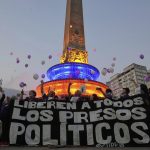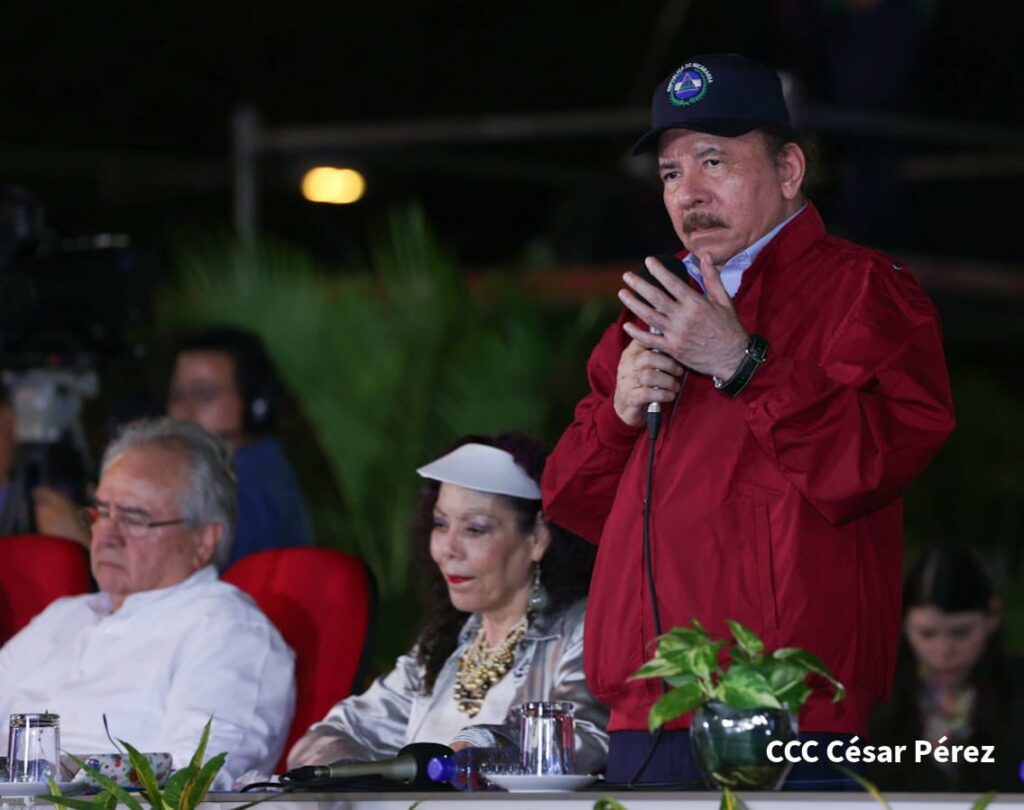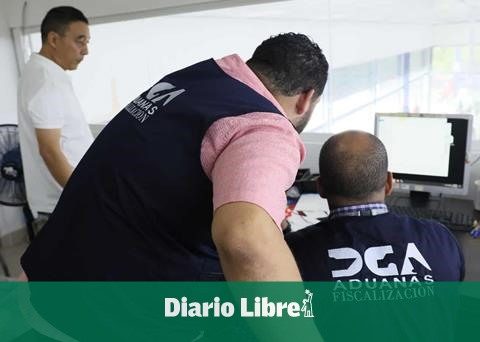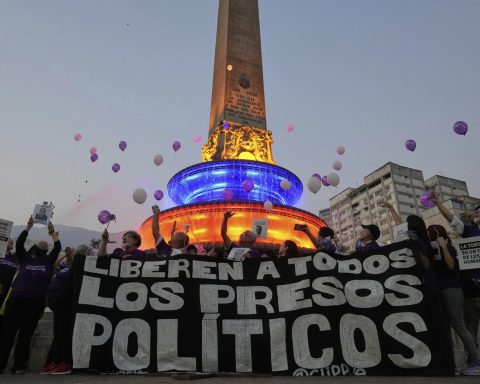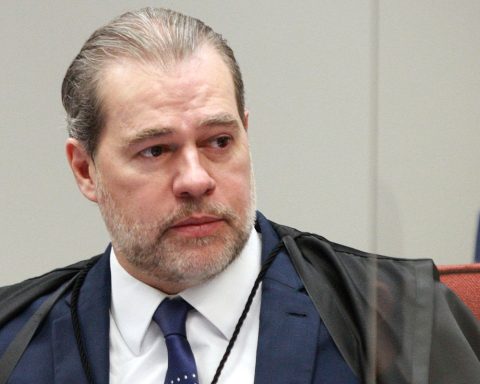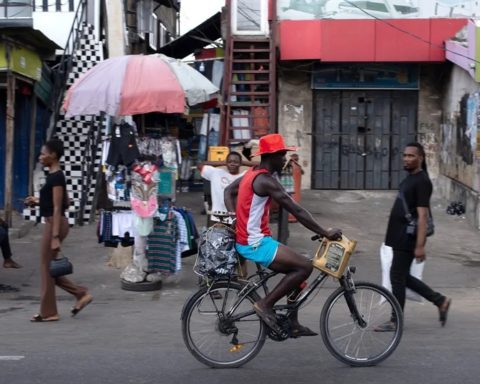In Argentina, almost everyone has been wondering the same thing for a week: how much will the blue dollar reach?
In a country with year-on-year inflation that exceeds 104% and one of the worst debt crises in the world, the greatest concern these days, both for economists and politicians as well as for the general public, was the meteoric rise of the “blue”, that climbed about 20% in a few days.
It is the market or parallel dollar, which in other parts of the world is better known as “black dollar”, since it is used in the illegal market.
But in Argentina, where people have almost no legal access to the US bill, and the local currency, the peso, loses value every week, the blue dollar is one of the main references economic.
It is what many Argentines buy to save and guard against inflation, what is used to buy or sell everything from houses and cars to computers and cell phones, and what determines the value of many of the goods and services that are charged in pesos.
For this reason, the increase in the price of the blue, which went from close to 400 pesos to almost 500 in the space of a single week, before beginning to fall this Wednesday, caused general panic in the countryand threatens to deepen the economic crisis in the last months of the government of Alberto Fernández.
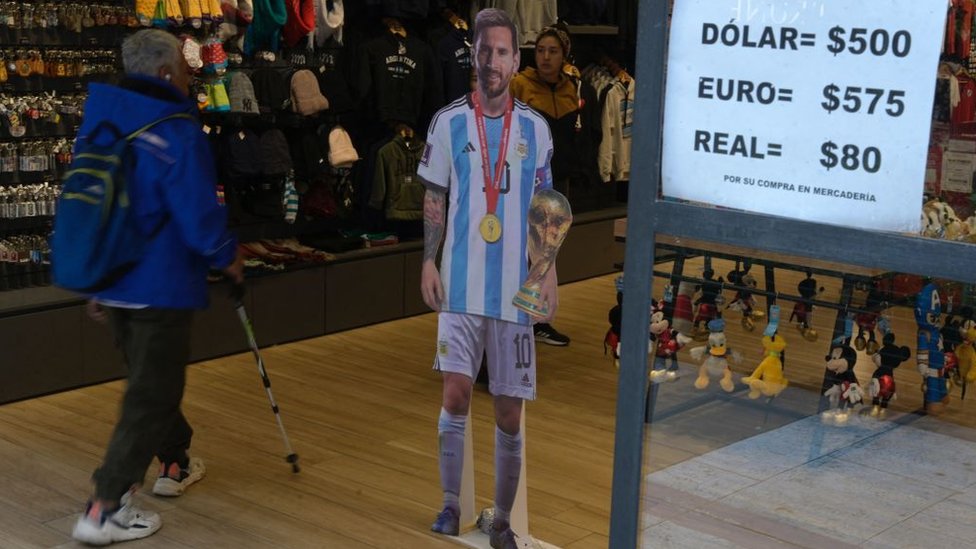
why blue commands
Argentina is famous for having several types of dollar prices.
There is the “official dollar” -which in other countries would be the only one that exists- whose value is determined by the Central Bank of the Argentine Republic (BCRA).
It has the lowest price: worth about half the blue. But only financial or foreign trade entities have access to this dollar.
The rest have to pay more for the US currency, since the government imposed a series of fees for the acquisition of foreign currency. There is also a quota -or “stocks”- on the purchase of the official dollar.
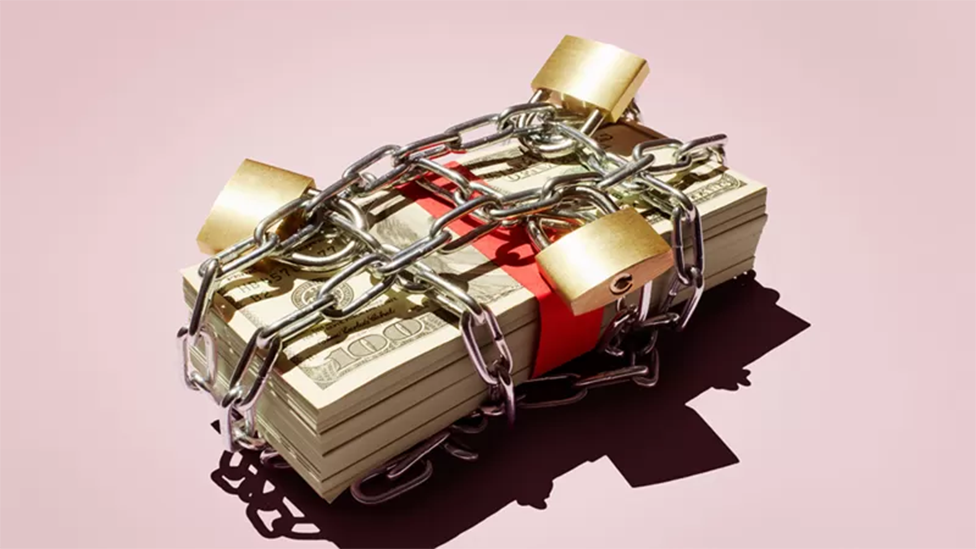
If an Argentine wants to buy dollars legally, they can buy up to US$200 per month paying a rate of 75% (as long as they meet the strict requirements of the BCRA, which exclude most). That’s him “dollar savings“.
If you use your credit card to pay for goods in dollars, you pay those same fees (“dollar card“). If you use it abroad, and spend more than US$300, you pay an extra 25% (“tourist dollar“).
Lastly, you have the option of what are known as finance dollars, as they are acquired through the buying and selling of bonds. They are the ones used by the most sophisticated companies and savers (or those with the most resources).
He “dollar bag” or “MEP” is obtained by buying bonds in pesos and selling them in dollars, and “cash with liquidation” or “CCL” is similar, but it also allows you to transfer dollars to an account abroad.
Like the blue, these financial dollars – which are legal – are priced by the market, and are considered by many economists as a more solid index of the value of the US currency, since they are not usually as sensitive to speculation. political and financial as the parallel.
However, in the Argentine imaginary blue is kingand that is why for many – including merchants who highlight their products following the price of the dollar – it is the reference that counts.
Its use is so popular and widespread that even the main newspapers in the country carry this illegal quote on their front pages.
Why did the blue go off?
There is a whole series of speculations about what motivated this exchange rate rise.
President Fernández, of the Peronist Frente de Todos coalition, blamed -tacitly- to the opposition.
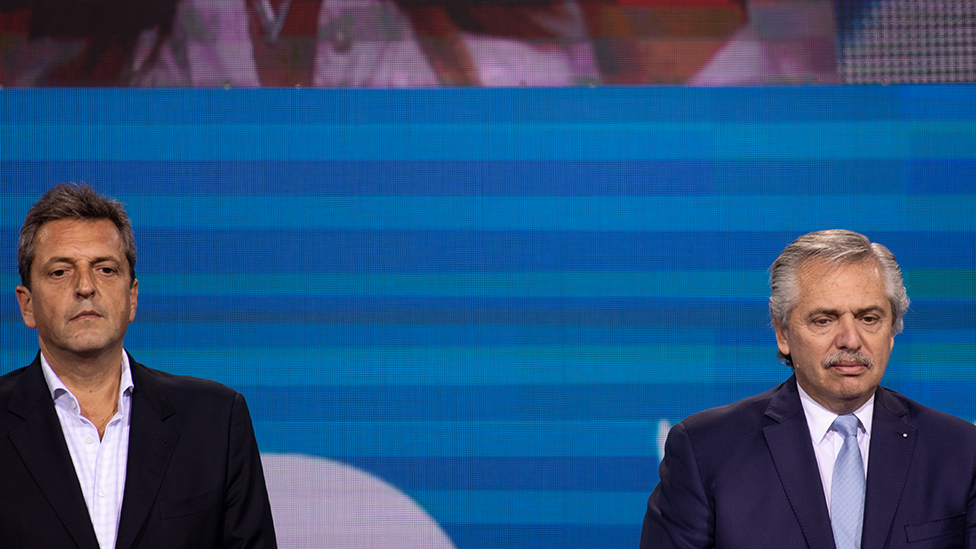
“It is a permanent practice of the argentinian right“, he said on Tuesday, when the blue reached a record price of $497.
“First, they install rumors in the morning, they operate throughout the day and when the afternoon ends they withdraw their profitability from the exchange market and thus hurt the savings of the majority of Argentines. They have always done the same,” he accused, generating the rejection of various opposition references, who accused the government of not taking responsibility for the situation.
Along the same lines, the Minister of Economy, Sergio Massa, tweeted a few hours later: “For several days we have been experiencing an atypical situation of rumours, versions, false reports and their consequent impact on financial instruments linked to the dollar.”
“We will use all the tools of the State to order this situation,” he warned.
The strategy seems to have worked, since this Wednesday the blue began a noticeable decline (closed at $476).
However, many economists warn that behind the increase in the blue there was macroeconomic problems that they are still there and that they could make the parallel rise again.
one is the small amount of dollar reserves that the BCRA has, a recurring problem in a country that demands a lot of foreign currency for production and savings, but generates little (and less this year due to the very serious drought that affected the country’s main generator of greenbacks: the countryside).
According to Fausto Spotorno, director of the consultancy Orlando J Ferreres y Asociados, the country has less than US$2 billion in net reserves. “Clearly few,” he clarifies to BBC Mundo.
But, in addition, there is the very high inflation, which in March reached its most point high since the 2001-2002 crisis (7.7% per month), making the peso worth less and less, and, consequently, requiring more and more to buy dollars in the market (what experts call a “delay exchange rate”).
“I believe that the market is adjusting to a new reality, with a higher exchange rate given the little availability of foreign currency“, says the economist, who also directs the Business School of the Universidad Argentina de la Empresa (UADE).
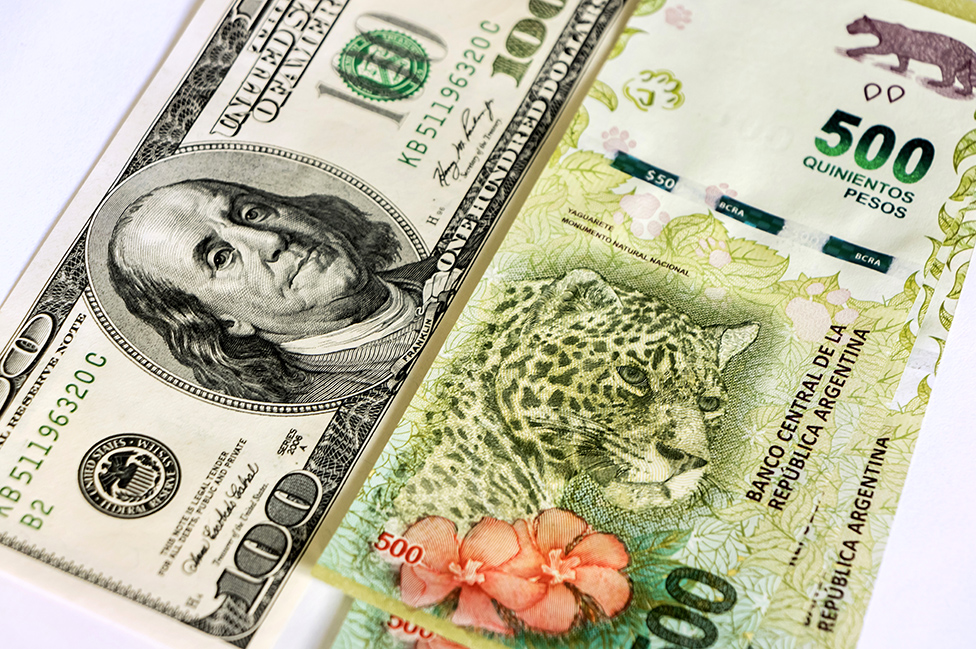
Paradoxically, the rise of the blue puts more pressure on the April inflation: Until last week several consultants calculated that it would be around 8%, but now those estimates have increased, as more companies increase the cost of their products in line with the blue.
political uncertainty
Beyond these economic problems, the political context that Argentina is going through has not helped to generate stability.
Last Friday, President Fernández announced that will not seek reelection in the elections to be held in October, which in essence made him what in the United States they call a “lame duck” (lick duck), that is, a representative without much power.
The announcement – made a day after a poll by the consulting firm Poliarquía revealed that the president has disapproval levels above 70% – also raised questions about the future of the alliance that governs.
Meanwhile, the main opposition force, Together for Change, is also entangled in a power dispute after the decision of its main reference, former President Mauricio Macri (2015-2019), to do not show again as a candidate.
Between the two, the figure of the “libertarian” Javier Milei, who has said that if he wins, he will close the Central Bank and will dollarize the economy Argentina, causing anxiety in many quarters.
The electoral outlook will become clearer at the end of June, when it is known who the pre-candidates for each space will be, and it will clear up even more when the primaries are held in August.
But what many are now wondering is whether the economy – and particularly the volatile blue dollar – will withstand the uncertainty.
Remember that you can receive notifications from BBC Mundo. Download the new version of our app and activate them so you don’t miss out on our best content.







